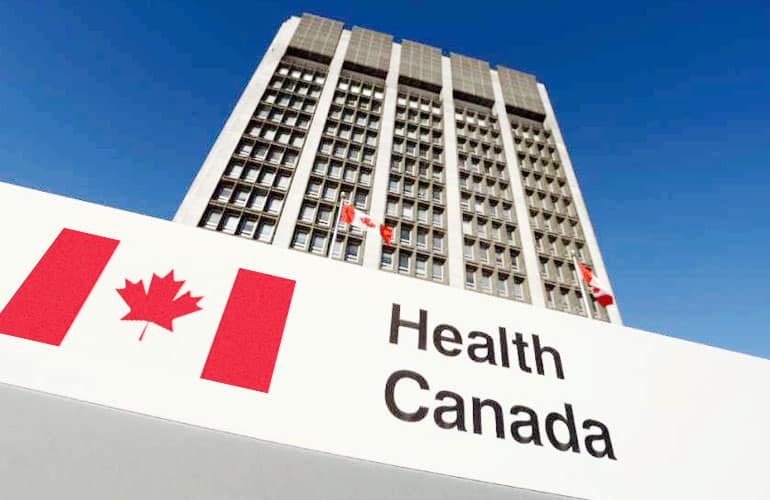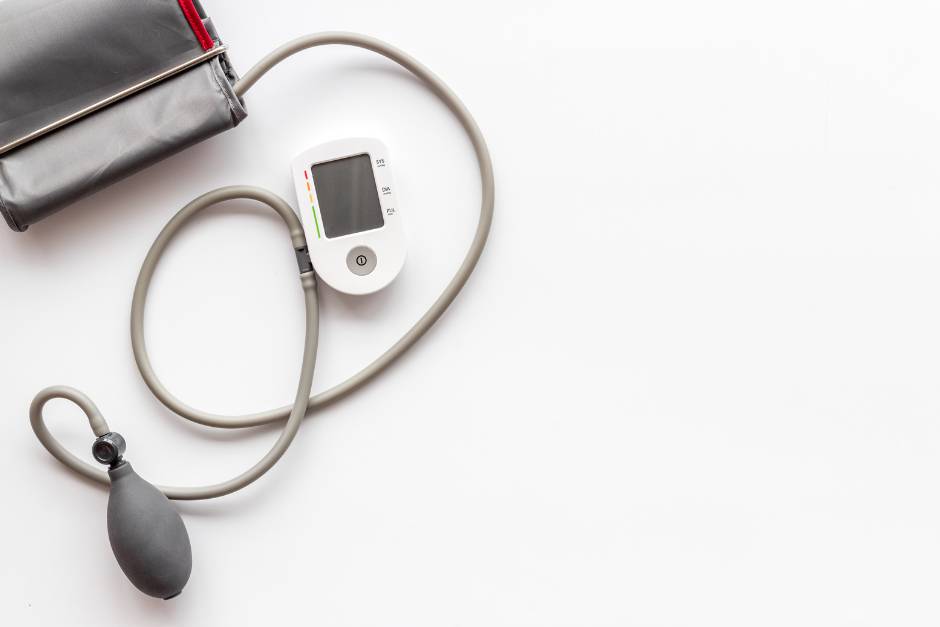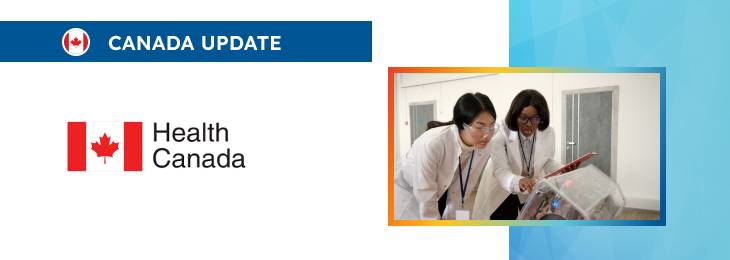
Table of content
Health Canada, the country’s regulating authority in healthcare products, has published detailed guidelines dedicated to the application process to be followed by interested parties applying for a medical device license.
The document describes in detail the relevant regulatory requirements. Also, it provides additional clarifications and recommendations to be taken into consideration by medical device manufacturers and other parties involved to ensure compliance to it.
However, it is also important to mention that the authority reserves the right to change the guidelines and recommendations provided therein, should such changes be reasonably necessary to reflect corresponding amendments to the underlying regulation.
Introduction to Medical Device Licensing in Canada
By the existing legal framework, medical devices in Canada are categorized into four classes based on the risks associated to it, with Class I representing the lowest risk and Class IV the highest.
This classification is vitally important as it establishes the need for licensing, with Class II, III, and IV devices requiring a license before being imported or distributed within the country.
Licenses are granted to manufacturers upon successfully submitting an application that meets the criteria outlined in the Medical Devices Regulations applicable to the device in question.

Policy Objective
The primary purpose of this guidance is to assist manufacturers and other parties involved in navigating the application process for a new medical device license.
This document serves as a comprehensive guide, ensuring that applicants are well-informed about the requirements and procedures for obtaining a license for Class II, III, and IV medical devices.
Scope and Application
This guidance covers the regulatory procedures and processes for all new Class II, III, and IV medical devices. It outlines the steps, documentation, and considerations necessary for manufacturers to successfully apply for a medical device license, ensuring compliance with Health Canada’s regulatory framework.
The document also clarifies the expectations of Health Canada, aiming for consistency, fairness, and effectiveness in meeting regulatory requirements medical devices are subject to.
Regulatory Flexibility
According to the guidance, certain regulatory flexibility in compliance is allowed, provided that an adequate justification supports the alternative approach the applicant follows.
Health Canada retains the authority to request additional information or impose conditions not explicitly mentioned in the guidance document, should it be reasonably necessary for ensuring a thorough assessment of a device’s safety, efficacy, or quality.
Supplementary Guidance for Interim Order Applications
In addition to the standard guidance, Health Canada has issued a document to aid manufacturers in preparing applications under the Interim Order (IO). To be read in conjunction with the main guidance, this document highlights the specific requirements and considerations for IO applications, offering further clarity to manufacturers.
Definitions and Key Terms
To assist the parties involved with interpreting the provisions of the applicable legislation, the guidance also provides definitions of the key terms and concepts used in the context of medical device licensing, including, among other things, the following ones:
- Bisphenol A (BPA): A chemical compound used in manufacturing various medical devices; its usage and regulations are specified, alongside a detailed chemical identity.
- DEHP: A chemical additive that makes certain medical devices flexible, with specific concentration thresholds defined for regulatory purposes.
- Medical Device: Defined per the Act, excluding devices intended for animal use.
- Identifier: Explains the unique identification methods for medical devices, including barcodes and numbers.
- Licence Application Type: Describes the various application categories, such as single devices or device families, explicitly noting the application for in vitro diagnostic devices.
- Manufacturer: Defines the responsibilities and scope of a manufacturer in the context of medical device licensing.
Near Patient In Vitro Diagnostic Devices (IVDD)
A particular category of products addressed in the guidance is In Vitro Diagnostic Devices (IVDDs), intended for use outside traditional laboratory settings. The relevant section of the document underscores the importance of accessibility and convenience in diagnostic testing, reflecting the authority’s intention to ensure adaptability to evolving healthcare needs.
Conclusion
The present guidance document issued by Health Canada provides a detailed overview of the regulatory requirements to be fulfilled when placing new medical devices on the country’s market.
The document provides additional clarifications regarding the regulatory procedures to be followed by the interested parties when applying for medical device licenses required for the medical devices to be applied for marketing and use in Canada.
How Can RegDesk Help?
RegDesk is a holistic Regulatory Information Management System that provides medical device and pharma companies with regulatory intelligence for over 120 markets worldwide. It can help you prepare and publish global applications, manage standards, run change assessments, and obtain real-time alerts on regulatory changes through a centralized platform. Our clients also have access to our network of over 4000 compliance experts worldwide to obtain verification on critical questions. Global expansion has never been this simple.

